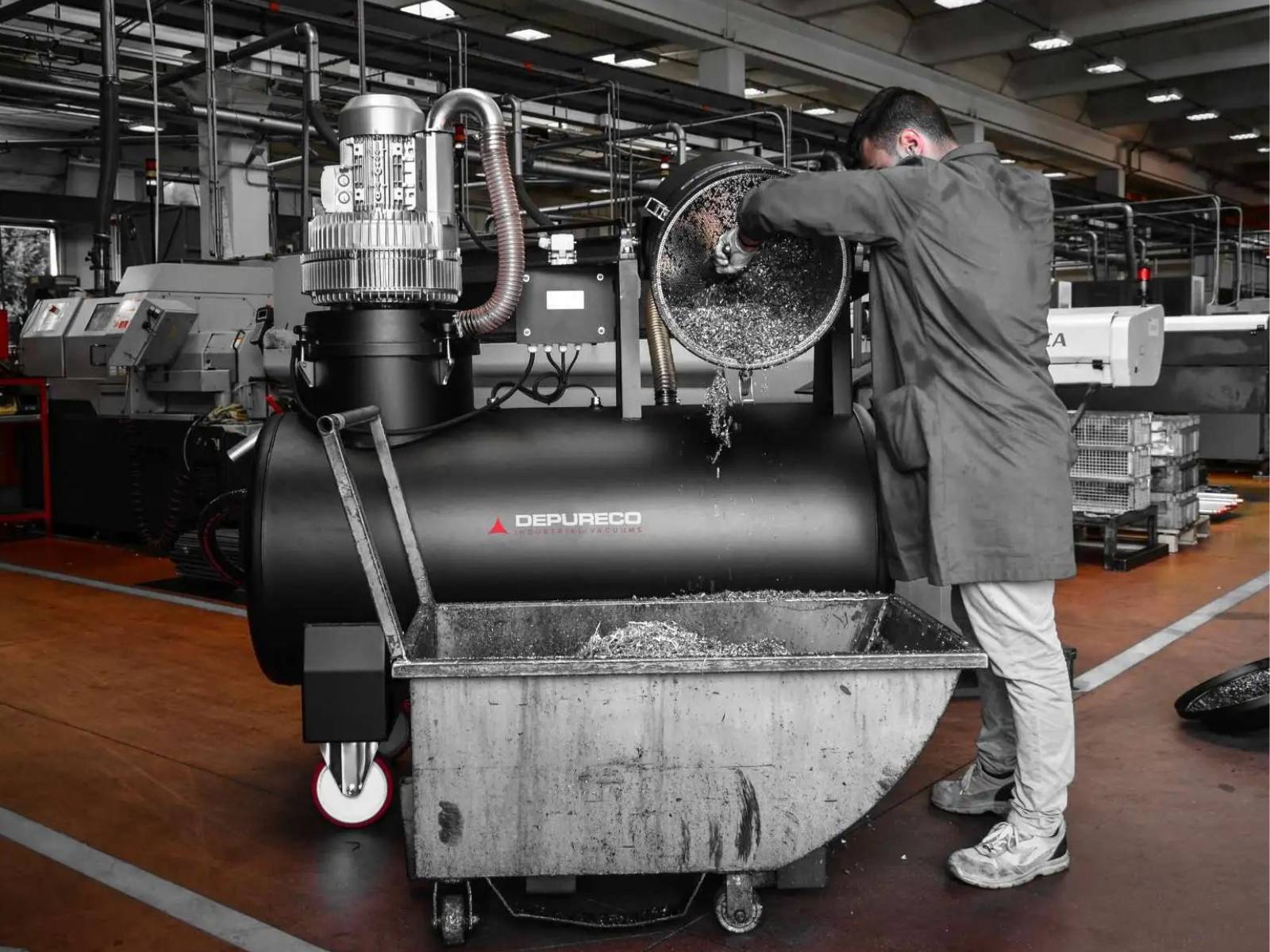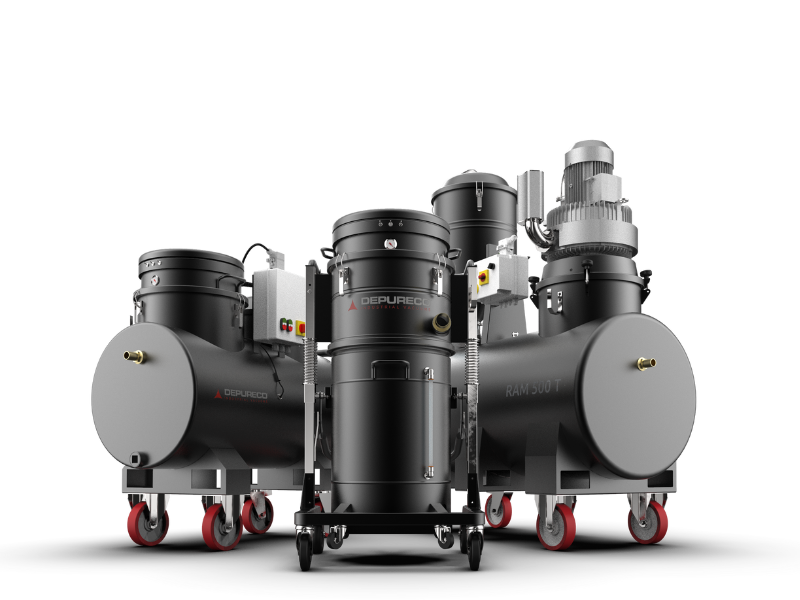The most efficient and cost-effective method of recovering oil and swarf is by using vacuum cleaners. These specialized industrial vacuum cleaners are designed to efficiently collect and separate oil and swarf from the workplace, providing a valuable solution for both cleaning and material recovery. Explore the benefits of oil and swarf recovery with vacuum cleaners, including reduced waste, improved environmental sustainability, and potential cost savings. Choose the optimal vacuum cleaner for your oil and swarf recovery needs and enhance your workplace maintenance process.
Using vacuum cleaners for the separation and collection of oil and swarf from CNC machineries brings several significant benefits:
Efficient removal: Vacuum cleaners are specifically designed to effectively and efficiently remove oil and swarf from CNC machines. Their powerful suction capability ensures thorough cleaning, leaving the machines free from these materials.
Maintenance optimization: Regular removal of oil and swarf from CNC machineries using vacuum cleaners helps maintain optimal performance and extends the lifespan of the equipment. It reduces the risk of clogs, corrosion, and other issues that can hinder productivity and lead to costly repairs.
Improved workplace safety: Oil and swarf pose safety hazards, including slip and fall risks. Vacuum cleaners ensure the swift and complete removal of these materials, enhancing workplace safety and reducing the potential for accidents or injuries.
Waste reduction and recycling: Vacuum cleaners with appropriate filters and collection systems enable the separation of oil and swarf for recycling or proper disposal. This promotes sustainability by reducing waste generation and supporting environmentally responsible practices.
Time and cost savings: The use of vacuum cleaners simplifies the cleaning process for oil and swarf. It reduces manual labor, saves time, and improves overall efficiency, allowing employees to focus on other essential tasks. Moreover, by maintaining CNC machineries in good condition, vacuum cleaners contribute to reducing downtime and minimizing repair expenses.
Suction: The vacuum cleaner sucks in oil and swarf effectively capturing both substances.
Separation: Inside the vacuum cleaner, a metal basket and a PPL filter with a high efficiency rating of 150 μ (microns) work together to separate the chips from the oil.
Collection: The separated, clean oil is collected in a designated container within the vacuum cleaner.
Discharge: The collected oil can be discharged from the container using either manual methods or automated systems. Continuous suction and discharge systems enable a steady flow of oil for optimal efficiency.
Swarf management: The retained chips, separated from the oil, can be disposed of or recovered separately, depending on their nature and potential for reuse.





